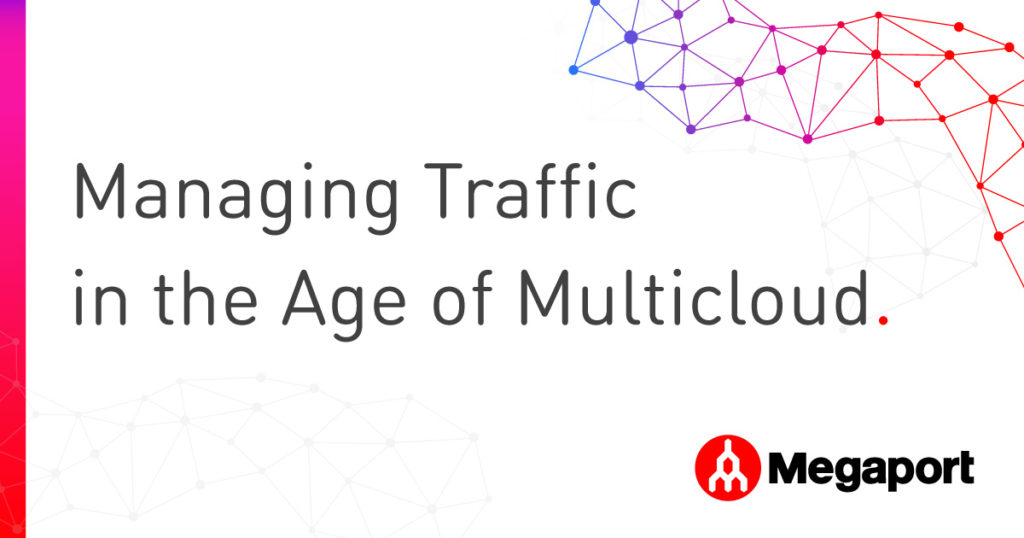
3 Ways Dedicated Connectivity is Transforming Healthcare
- Cloud networking
- July 2, 2019
- RSS Feed
By Henry Wagner, Chief Marketing Officer
Exploring the advancements of connectivity for the healthcare industry.
Healthcare is a field built on innovation. From the discovery of new cures and the development of medicines to revolutionary new processes that transform how patient care is delivered, it’s an area in which meaningful steps forward translate into happier, healthier lives for people.
But, due to the sensitive and often personal nature of the work done in the field (and the data associated with it), leading healthcare companies aren’t always able to stay as close to the edge of technology as they may like to be.
Concerns over data security in particular have kept many healthcare companies from fully embracing cloud technology – seriously hindering their ability to break down information silos, improve collaboration across sites and coordinate their efforts for better results.
However, thanks to recent advances in network technology and major steps taken by some of the biggest players in the industry, that’s all set to change. Here’s how:
Virtual Cross Connects are bringing disparate sites and teams together
Whether it’s a research institution with sites around the world, or a hospital group with a wide range of locations spread across one country, ensuring interoperability between sites has been one of the most long-standing connectivity challenges in healthcare.
Without secure dedicated connections between each site, you can’t share valuable, sensitive data. That means that your extended team can’t collaborate easily to support each other’s work and research, and that all the important data you harvest ultimately becomes siloed in one location.
Today, Virtual Cross Connect capabilities are making easier to provision and manage those connections than ever before. With the help of dedicated connectivity partners, companies and institutions can easily connect widely dispersed locations, enabling them to share data quickly, privately, and securely.
Flexible, private connectivity options are making the cloud a more appealing prospect than ever
Cloud-based software and solutions have been around for a while now. And while it might be easy to think that it’s ‘anywhere, anytime, any device’ nature would make cloud a perfect fit for healthcare delivery organisations, a lack of connectivity options has seriously hindered its uptake.
When you’re handling sensitive patient data at scale, doing it over a public internet connection simply isn’t an option. The alternative? Provisioning a direct connection to your chosen CSP – an option that can leave an organisation tied into a single partner that may not be able to meet all of their needs.
Thankfully, there’s now a more flexible connectivity choice – Network as a Service (NaaS). NaaS blends the flexibility of public internet connectivity with the reliability of a private CSP connection. Instead of connecting to a single CSP, you connect directly to a NaaS partner, who can then connect you to any number of CSPs through reliable, secure, private connections.
Having an option that enables cost-effective private connectivity to a huge range of CSPs is a major step forward for healthcare companies – and is enabling them to gain all the capabilities they need in a single, manageable multicloud environment.
Key cloud players are starting to speak the same language
In August 2018, Microsoft, Amazon, Google, IBM, Oracle, and Salesforce issued a joint statement, detailing their commitment to improving healthcare interoperability.
Seeing these major cloud providers come together to help ensure that companies are able to use their solutions alongside one another is massively encouraging for anyone considering adopting new cloud technology in healthcare.
For healthcare institutions, statements like this are helping to remove and resolve the final doubts they have about adopting cloud technology. For example, before a hospital is willing to invest in new tech, it needs absolute assurance that it’s going to work alongside the rest of its infrastructure. Joint commitments and initiatives like this are providing exactly that.
This shows that building a multicloud environment will break down healthcare data silos, and help resolve some of the most persistent interconnectivity challenges that companies have faced for decades. It won’t merely shift those problems into the cloud instead.
If you’re a healthcare organisation that wants to explore secure, reliable ways of connecting your people and systems to services and data that can transform what they do, speak to us. Whether you’re a research organisation, a major network of hospitals, or delivering healthcare at the ground level, we can help you understand how better connectivity can support your mission and help improve results for the people you serve. For more information, contact us today.


